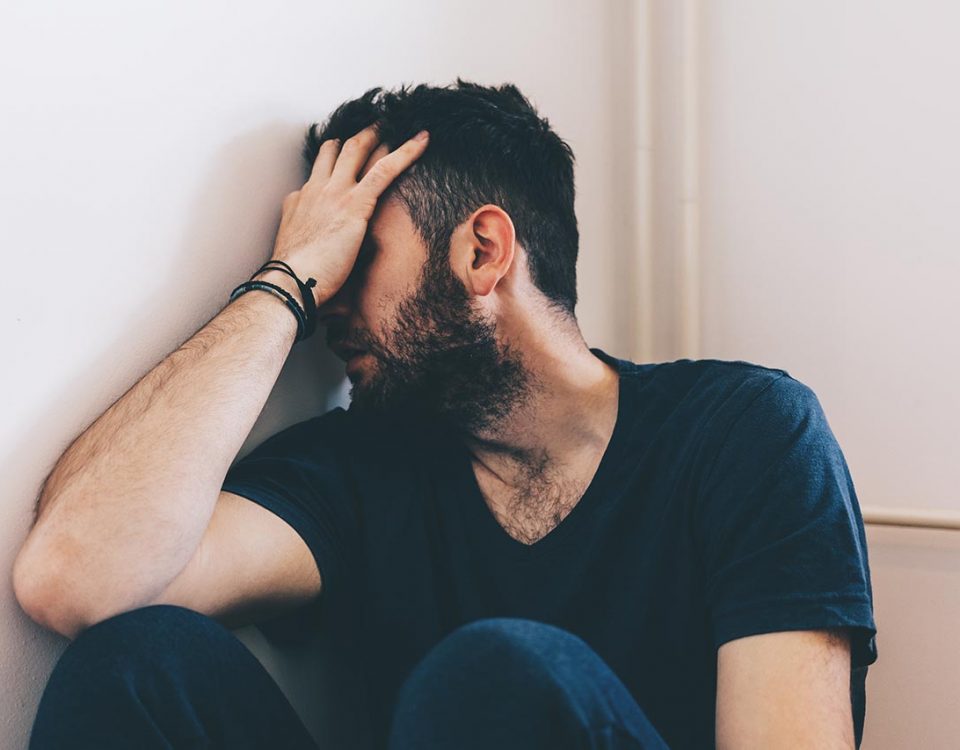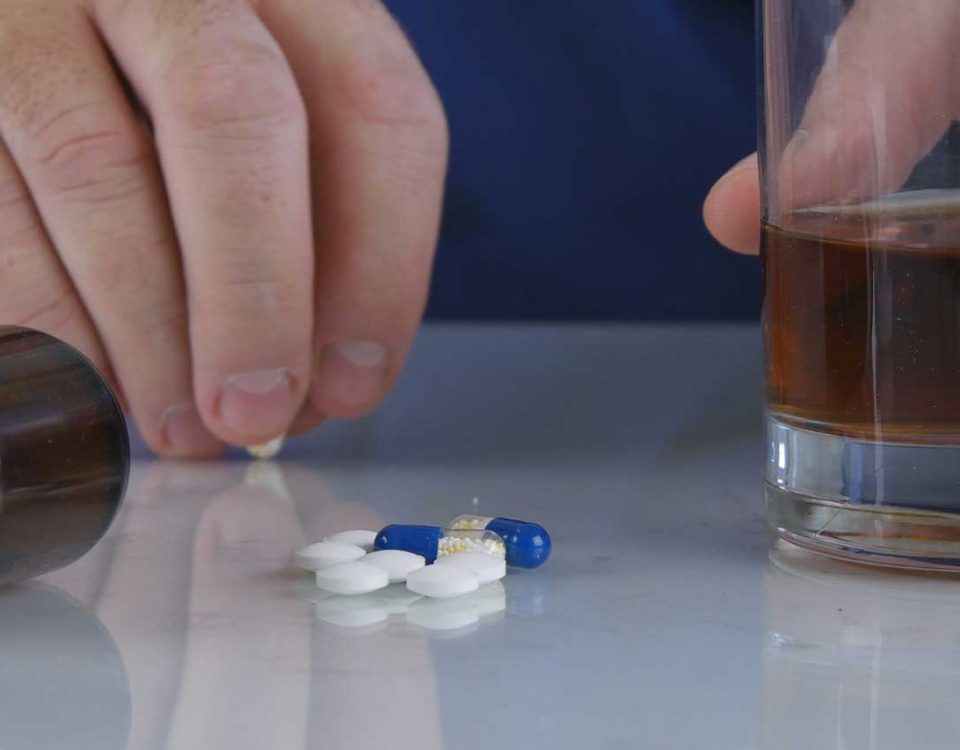Meloxicam is the generic name for a prescription nonsteroidal anti-inflammatory drug (NSAID). It’s often prescribed under the brand name Mobic and sometimes used as an alternative to opioids for moderate to severe pain. Opioids are known to be highly addictive, so any alternative medications that are just as effective and less likely to be abused are often used instead. However, while not addictive in the same way that opioids are, meloxicam abuse is still a problem among many patients with prescriptions for it.
Can Meloxicam Get You High?
NSAIDs generally work by reducing the body’s inflammatory response, which is part of what causes pain from injury or illness. NSAIDs can also be used to reduce fevers, and even low doses of aspirin are sometimes used to reduce the risk of a heart attack.
Meloxicam works by inhibiting enzymes that create prostaglandins, which are groups of lipids involved in the body’s response to injury, resulting in inflammation and clotting around the site of the wound. This medication also comes in capsule, tablet, and liquid formulations.
The average dose of meloxicam for adults begins at 5 to 7.5 mg once daily, which can be adjusted as needed. Despite not being part of the narcotic drug class, many people believe that meloxicam abuse will lead to a high, but this isn’t true.
Unlike painkillers or narcotics – such as opioids – a meloxicam high will not occur when the drug is misused, meaning it causes no euphoria or an elevated sense of reward. Those who suffer from chronic pain conditions may abuse the drug if they feel their pain is not well-managed instead of seeing a doctor about alternative options.
Is Meloxicam Addictive?
As an NSAID, meloxicam is not addictive, and users who abuse the drug will not experience a euphoric high. Many people engage in recreational meloxicam use because they believe the drug will produce the same high that painkillers like oxycodone and hydrocodone produce when misused.
While it’s not addictive, it’s still possible to abuse meloxicam, such as continuing to take the drug when there’s no need for it anymore or by becoming dependent on the feeling of reduced pain and inflammation from taking the drug.
It’s important to remember that addiction is just as mental as it is physical, and many people become dependent on drugs that aren’t physically addictive because of the psychological impact they can have. Additionally, physical and psychological dependence on meloxicam is not as severe as that of opioids, but concerning, nonetheless. While addiction isn’t a risk of meloxicam abuse, overdose is.
A person who has persistent fatigue, vomiting, and trouble breathing after taking meloxicam has likely overdosed on the drug and requires immediate medical attention. Taking high doses of meloxicam or taking too much of the drug all at once will damage the gastrointestinal tract, which can result in internal bleeding.
Signs of Meloxicam Abuse
Despite the lack of euphoric effects and the high risk of overdose, many people still abuse meloxicam, especially patients who think it’ll cause a high. The opioid epidemic has gotten so bad that the word painkillers has become synonymous with drug abuse and addiction, even among non-opioid drugs.
This misinformation has even led to a small black market for meloxicam. The Department of Justice reported they seized 20 illicit meloxicam pills in New England for a street value of $200. And while this pales in comparison to other substances (11,498 kilograms of marijuana at $40,899,432 or 39,958 OxyContin pills sold for over $2 million, for example), it does speak to the misperception that because meloxicam is a prescription painkiller that it could lead to addiction.1
With that said, although meloxicam’s abuse potential is virtually nonexistent, the Food and Drug Administration (FDA) advises doctors against prescribing the drug to patients who show a risk of developing psychological dependence or addiction to painkillers. It’s also important to look out for the signs of meloxicam abuse if someone you know is taking this drug.
Common signs and side effects of meloxicam abuse include:
- Running out of the drug earlier than expected
- Getting multiple prescriptions through different doctors or pharmacies (doctor shopping)
- Engaging in secretive behavior concerning the use of the drug
- Stealing pills or bottles of pills, or pills missing from a family member’s prescription
- Spending a lot of time focusing on how to get more of the drug
- Diarrhea
- Constipation
- Sore throat
- Flu-like symptoms
- Difficulty urinating
- Cloudy or bloody urine
- Stomach or back pain
- Fatigue or lack of energy
- Increased heart rate
As with other NSAIDs, long-term meloxicam abuse can cause a sudden unexpected heart attack. For this reason, suspected meloxicam misuse should be addressed as soon as possible to avoid compromising health problems.
Meloxicam Addiction Treatment
While meloxicam is unlikely to produce withdrawal symptoms similar to those of opioids, those who are taking or abusing the drug for chronic pain may experience extreme discomfort and pain when they stop taking the drug. Medically assisted detox at our rehab in Texas offers 24-hour care and medical support to ensure clients are safe and comfortable while weaning off meloxicam.
Our Texas treatment center also offers prescription drug addiction treatment to help individuals addicted to medications, whether they are painkillers or sedatives like benzodiazepines. By incorporating treatments that address physical and psychological recovery, Banyan Treatment Centers help clients through every step of their recovery.
For more information about our Texas drug and alcohol treatment, call Banyan today at 888-280-4763.
Source:
- US Department of Justice - New England High-Intensity Drug Trafficking Area
Related Reading:









